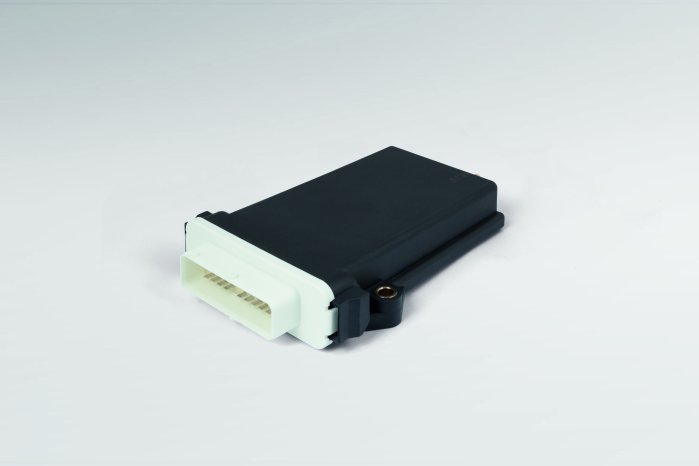For years, discussions have been featured almost daily in the media regarding the exhaust gas emissions of diesel vehicles. London is an important path-breaker in the implementation of measures for air pollution control, and last year it set up a so-called Low Emission Zone (LEZ) across more than 1,500 square kilometers for the greater region of London. In order to fulfill the specifications and to ensure further operation, many of the vehicles are now reliant on the retrofitting of exhaust gas after-treatment systems for diesel engines. The SCRT® (Selective Catalytic Reduction Technology), provided by the company HJS Emission Technology for the retrofitting of electronically-controlled systems adds urea (AdBlue®) and uses particle filters and catalytic converters to reduce soot particles and nitrogen oxide (NOx) in several steps. By 2021, more than 5,000 buses of companies in London’s public transport network (Transport for London) are to be equipped with retrofit solutions.
Due to the legally-specified certification obligations, important data is to be recorded centrally, and initially stored for 60 days. In the same way, live access to current parameters must be provided if required with response times of only a few seconds. The implementation of the real time condition monitoring was facilitated through the use of the telematics platform TC1 and the device and application management portal “machines.cloud” by STW.
The TC1 with embedded Linux, especially optimized for mobile use in adverse conditions, features amongst other things an integrated GPS/GLONASS module, a cellular modem and two CAN interfaces for reading out the required parameters from the existing vehicle bus. The recorded parameters are reliably provided with a time stamp and transferred wirelessly to the STW telematic/IoT portal “machines.cloud” when an Internet connection is available. There the current performance parameters, location and status reports can be visualized at any time. For further evaluation, the historical data is of course also made available. Through the unique “Live-Widget”, a data channel is set up if required directly to the vehicle, and values are sent and displayed at one-second intervals. In this way, current values such as the NOx reduction, fine dust particle reduction, the fill level of the urea tank, the current location and speed and possible error messages and alarms from individual vehicles or vehicle groups, or the entire fleet, can be monitored. The historical data can be exported with the report in accordance with the specifications on an hourly, daily, weekly or monthly basis.
Due to the extendibility and the open interfaces of the cloud solution, it is possible to realize interfaces to existing CRM or ERP third-party systems without complications. The same applies for the integration of customers’ own applications.


